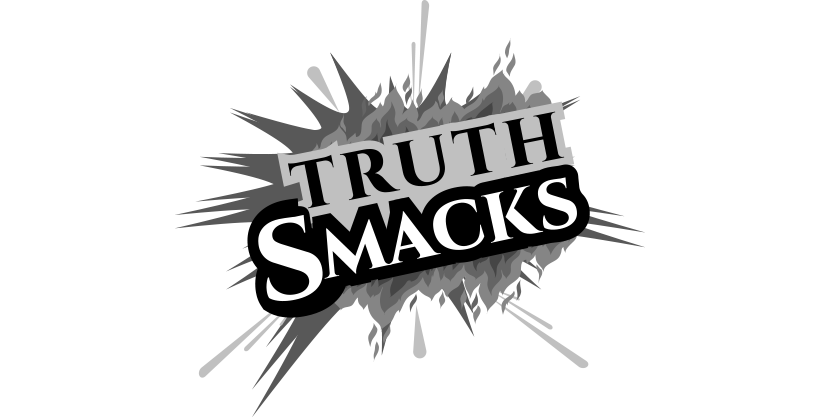The difference between Inbound Marketing and Outbound Marketing and when to use each approach
Inbound marketing is a strategic approach that focuses on attracting and engaging potential customers through valuable content and experiences. This method aims to attract customers to the brand by providing them with information that solves their problems or addresses their needs. On the other hand, Outbound marketing is a traditional approach that involves pushing promotional messages directly to potential customers, such as cold calling, email blasts, and print advertisements.
Inbound Marketing and Outbound Marketing
Case Study 1: HubSpot
HubSpot is a well-known inbound marketing software company that uses its blog as a primary tool for attracting and engaging potential customers. The company publishes high-quality content on various topics related to inbound marketing, such as blogging, social media marketing, and email marketing. This content is designed to attract potential customers who are searching for solutions to their marketing problems. Once these visitors land on HubSpot’s website, they are offered a free trial of the software, which further engages them with the brand.
Case Study 2: MailChimp
MailChimp is an email marketing service provider that uses a combination of inbound and outbound marketing strategies. The company’s blog, The ReTREAT, provides valuable content on email marketing best practices, while its email campaigns promote the features and benefits of its email marketing software. MailChimp also uses targeted ads on social media platforms like Facebook and LinkedIn to reach potential customers who may not be familiar with its brand.
Case Study 3: Coca-Cola
Coca-Cola is a classic example of a brand that uses outbound marketing effectively. The company spends billions of dollars each year on advertising, including TV commercials, billboards, and print ads. These ads promote the brand’s image and messaging, rather than specific products or promotions. While Coca-Cola also uses social media platforms like Facebook and Twitter to engage with customers, its primary focus is on outbound marketing to build brand awareness and recognition.
Summary for Facebook:
Inbound marketing involves creating valuable content to attract potential customers, while outbound marketing involves pushing promotional messages directly to customers. Case studies include HubSpot’s blog-focused inbound marketing, MailChimp’s combination of inbound and outbound marketing, and Coca-Cola’s outbound marketing focus on building brand awareness.
#ContentMarketing #CustomerEngagement #MarketingStrategies
Summary for Twitter:
Inbound marketing attracts customers through valuable content, while outbound marketing pushes promotional messages. HubSpot uses a blog, MailChimp combines blogs with targeted ads, and Coca-Cola relies on TV commercials and billboards for outbound marketing. #OutboundMarketing #MarketingTips #BrandAwareness
Summary for LinkedIn:
Inbound marketing involves creating content that solves customer problems, while outbound marketing pushes promotional messages. HubSpot uses a blog, MailChimp combines blogs with targeted ads, and Coca-Cola relies on TV commercials and billboards for outbound marketing. #InboundMarketingVsOutboundMarketing #CustomerEngagement #ContentCreation
Summary for Instagram:
Inbound marketing attracts customers through valuable content, while outbound marketing pushes promotional messages. HubSpot uses a blog, MailChimp combines blogs with targeted ads, and Coca-Cola relies on TV commercials and billboards for outbound marketing. #InboundMarketing #OutboundMarketing #BrandAwareness












